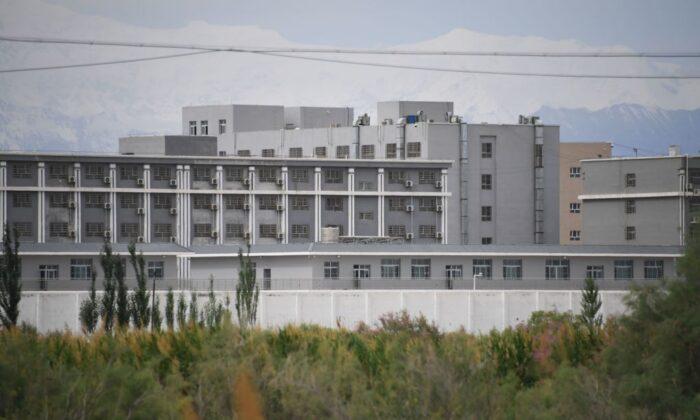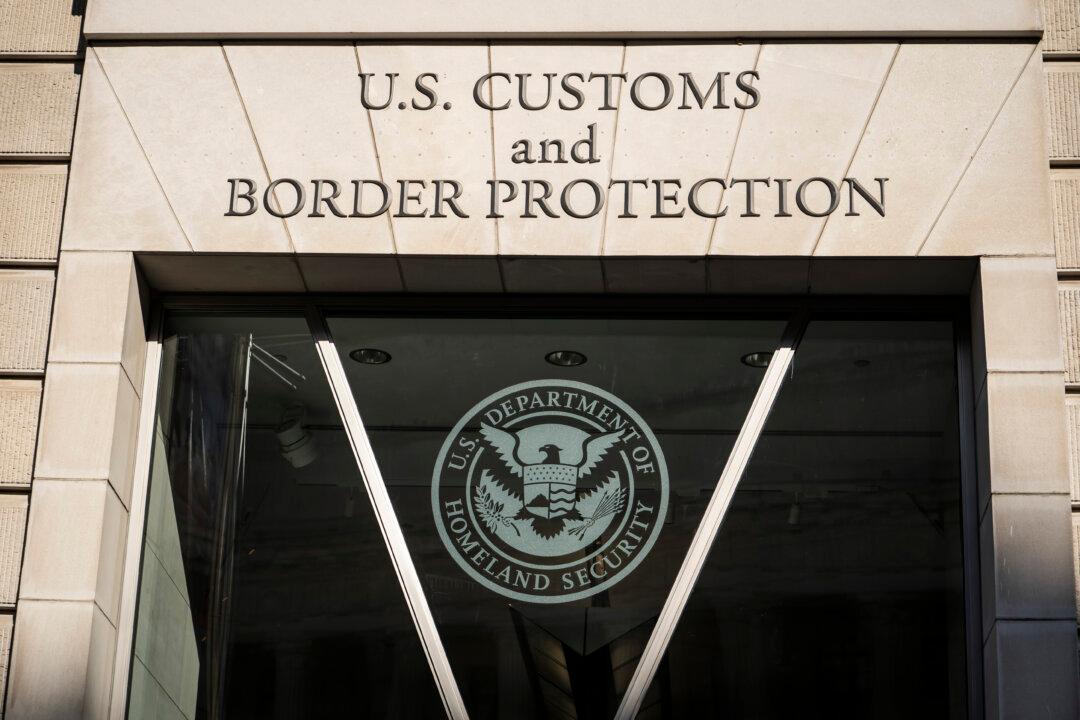The communist regime in China has become more active on both Twitter and Facebook to spread propaganda and disinformation in order to silence international condemnation of its persecution against Uyghurs and other minorities in Xinjiang, according to a recent report.
Facebook and Twitter
The report found that Chinese diplomats and state media accounts mentioned Xinjiang about 250 times or less monthly each on Facebook and Twitter before 2019. Since then, the number of mentions has increased sharply on both platforms, each gathering more than 750 mentions for several months in 2020.Beijing had more success on Facebook than on Twitter. According to the report, Facebook accounts of China’s state-run media—including CCTV’s international arm CGTN, the China Daily, the Global Times, and the People’s Daily—were consistently in the top 10 accounts having the most likes on their posts mentioning Xinjiang from 2018 to 2020.
For the year 2020, CGTN’s Facebook posts mentioning Xinjiang had a total of more than 5.78 million likes, an increase from about 2.9 million in 2019 and 414,067 in 2018, according to the report.
The People’s Daily showed a similar trend. According to the report, it had 183,040 likes total for all its Facebook posts mentioning Xinjiang in 2018. But the number increased to more than 1.68 million in 2020.
In an effort to reshape the international narrative, Beijing is trying to push forward different kinds of propaganda on Facebook and Twitter, including allegations that Western media and organizations aren’t independent, accusing anti-China forces of carrying out a smear campaign, and publishing stories about how Uyghurs “supported” the CCP’s policies in Xinjiang.
For example, in mid-March, Zhao Lijian, China’s foreign ministry’s spokesperson, shared on Twitter a Douyin video showing locals in Xinjiang enjoying a “peaceful” life. Douyin is the name of TikTok’s Chinese version.
Fringe Media
The ASPI report also found that Chinese state-owned media and Chinese diplomats were “leveraging fringe media,” while pro-CCP actors “amplified” Chinese state-affiliated social media accounts. One such media was the U.S.-based news outlet The Grayzone.According to the report, fringe media outlets are “media sources that may lack clearly defined editorial policies and journalistic practices, such as distinguishing between news and opinion.”
The Grayzone, established by an American journalist, describes itself as “an independent news website producing original investigative journalism on politics and empire.”
The report discovered that the Grazyone was cited in English at least 253 times by CGTN, Global Times, and Xinhua, and 61 more times in People’s Daily Online articles between December 2019 and February 2021.
In March 2020, Hua Chunying took to Twitter to accuse unnamed U.S. officials of “smearing China” over what they said about Xinjiang, while sharing on Twitter an article from The Grayzone. She added that their remarks were “the lie of the century.”
The report warned that some fringe media organizations “are vulnerable to manipulation.”
YouTube
The ASPI report also found that Xinjiang authorities outsourced its disinformation campaign to a company called Changyu Culture, which began uploading videos to its YouTube channel in September 2020. The company was found to be affiliated with the CCP’s United Front Work Department (UFWD).Many of Changyu Culture’s YouTube videos depicted positive biographies of Uyghurs supposedly attending Xinjiang’s “vocational centers,” according to the report.
The report found that China’s state-run media China.org.cn and the China Daily were found to have shared Changyu’s videos on their websites and Facebook pages.
“The CCP’s diplomatic and state media messaging is linked to the party’s objective of improving its so-called discourse power,” the report concluded, in order to both “gain traction with audiences in the West, and to distract and distort investigations of human rights abuses in Xinjiang by international civil society.”





